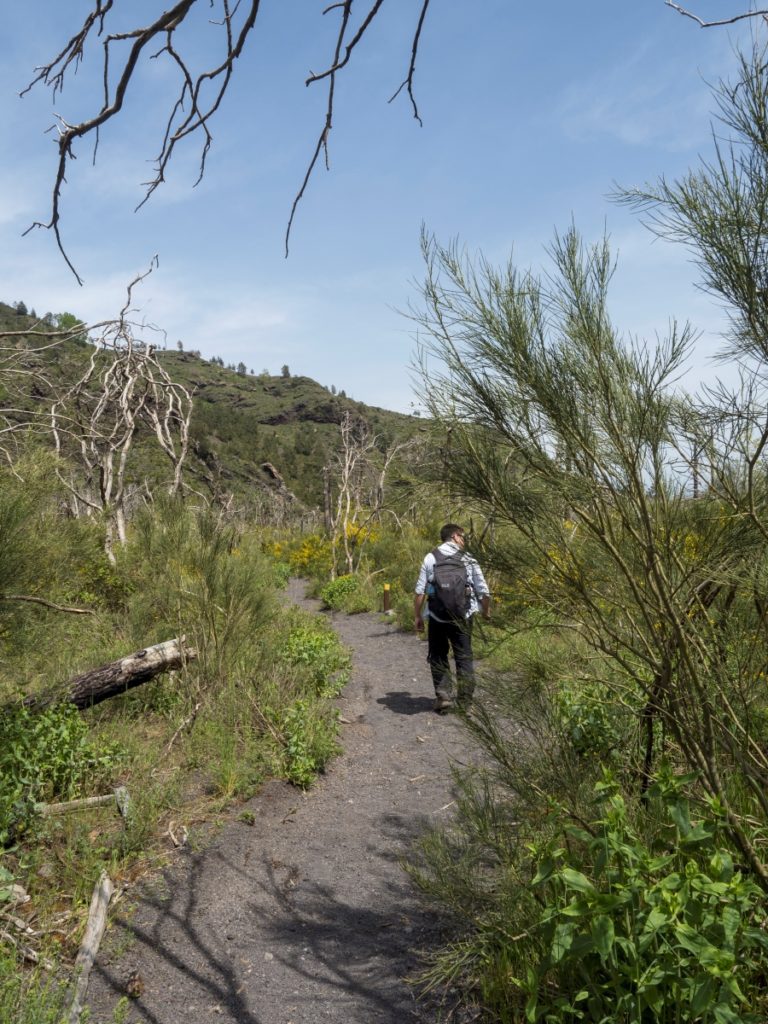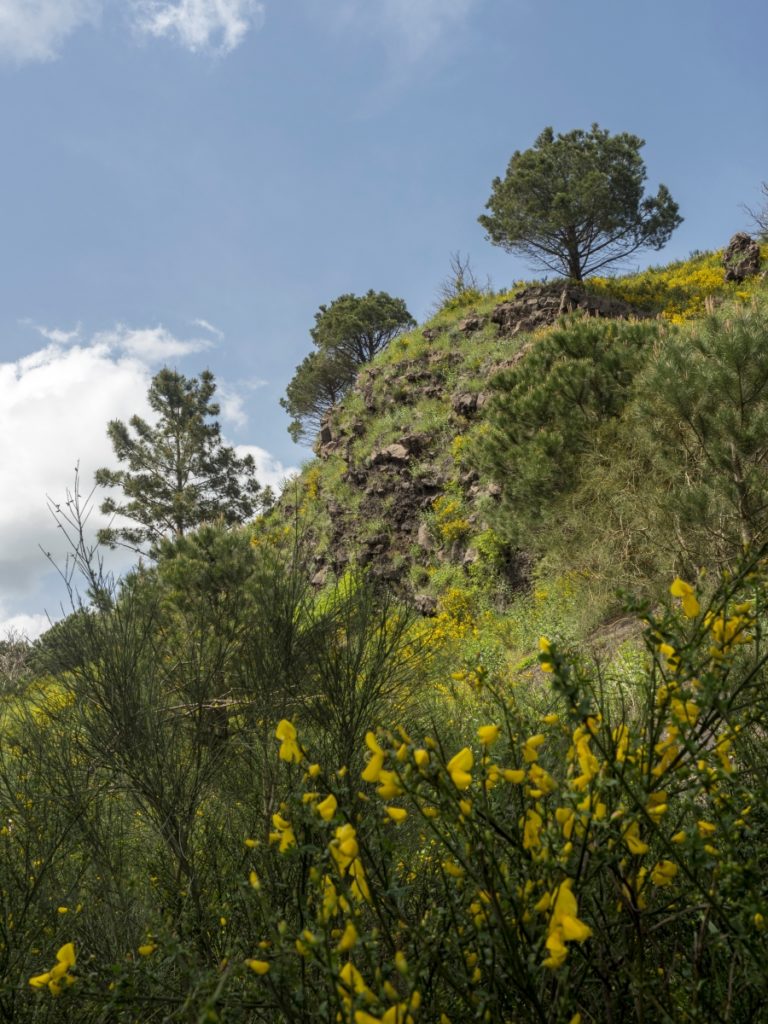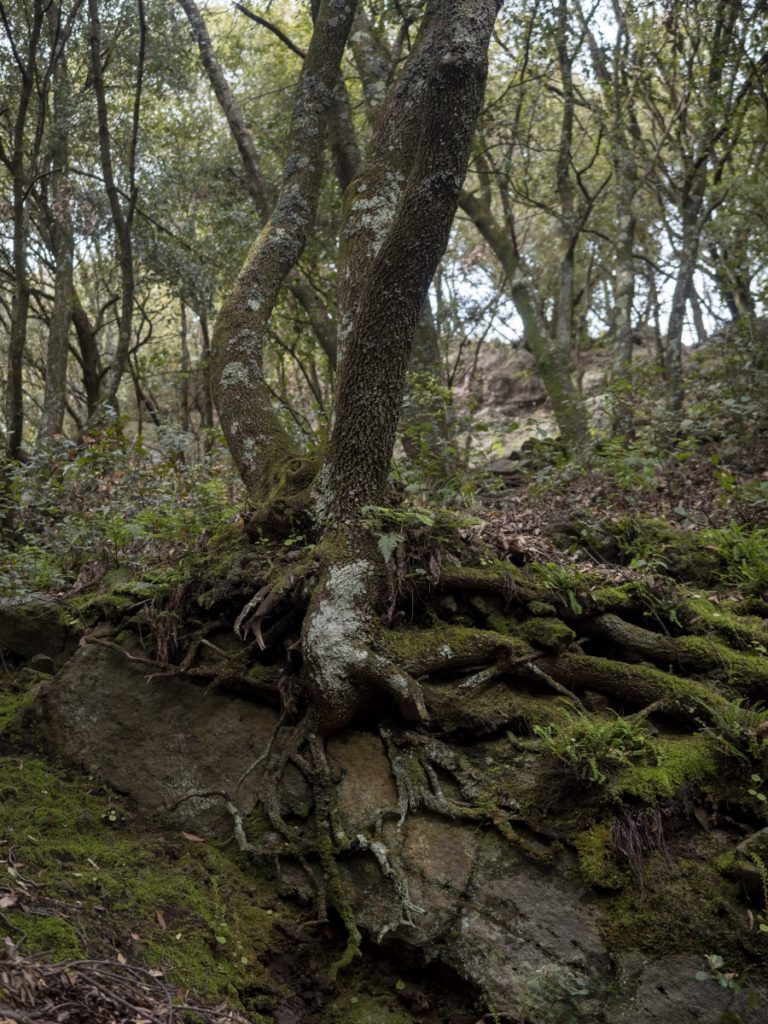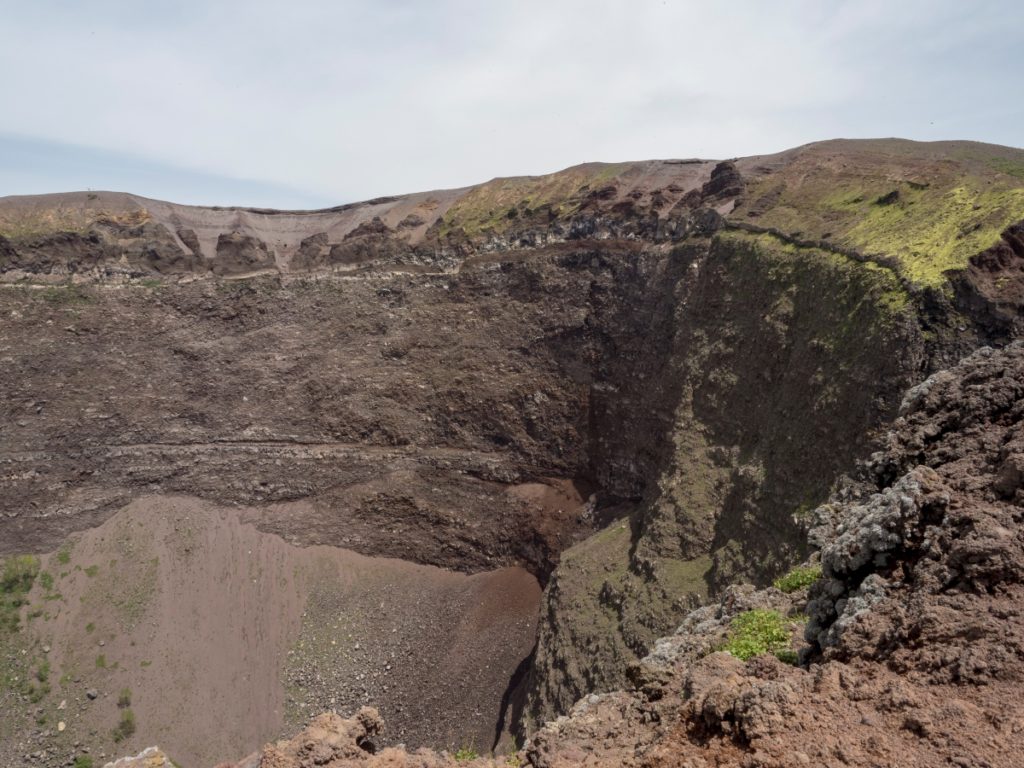I am someone who rarely follows the popular touristy hot spots. Not because I think they aren’t exciting but because the crowds easily overwhelm me and take away the joy of seeing even the most stunning location. Mount Vesuvius in Italy surely doesn’t fall under the ‘off-the-beaten-path’ category, yet it is still possible to enjoy a tranquil hike if only you take some extra time and choose a lesser-known trail in The Valley of Hell.
Most people visiting Mount Vesuvius focus on the Gran Cono. While the main crater is monumental and precipitous, the short hike along them doesn’t allow you to immerse yourself in the lush nature of the mountain. If you’d like to see the lesser-known side of Europe’s most dangerous volcano, hiking the Valley of Hell (Valle dell Inferno) is definitely for you.
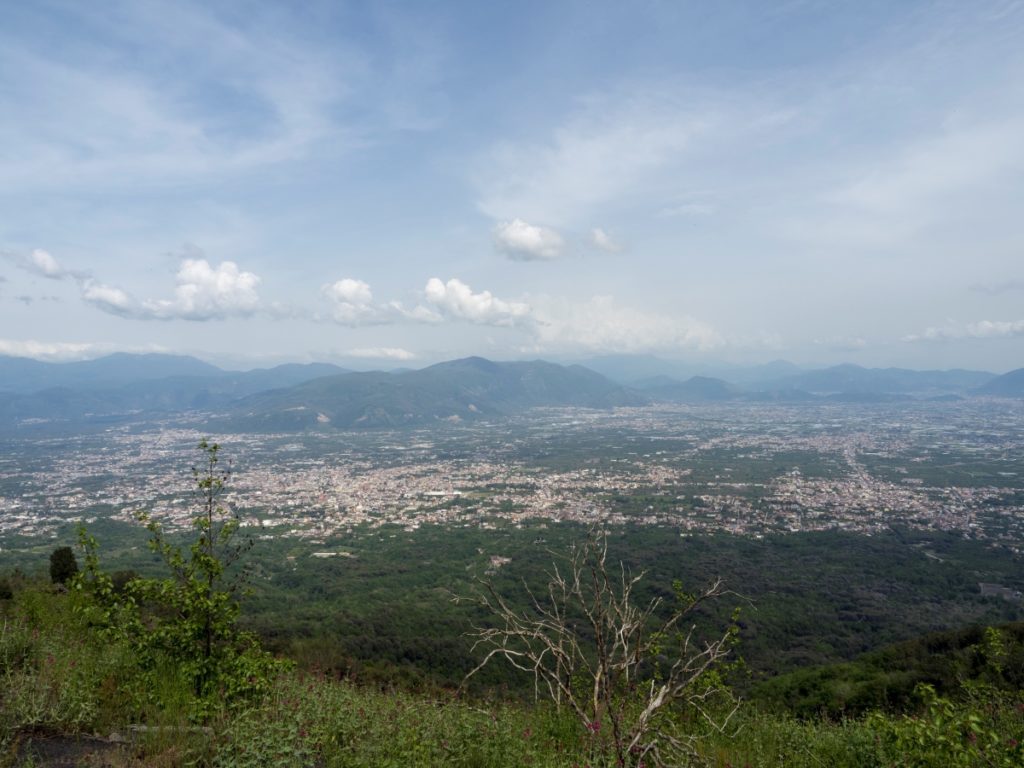
About Mount Vesuvius
In 79 AD, an eruption of Mount Vesuvius swept away the entire ancient city of Pompei, flooding its inhabitants with rivers of lava and suffocating them with toxic gases.
Although Mount Vesuvius hasn’t erupted for almost 80 years (the last eruption was in 1944), many volcanologists still call it one of the world’s most dangerous volcanoes. The surrounding area is highly urbanized, with the city of Naples just about 15 kilometres away in a straight line.
A potential eruption would affect 3 million people, 800 000 of which live in the red zone – an area expected to be completely wiped out by pyroclastic flows and volcanic ashes.
The Italian government has developed evacuation plans that should allow people from the red-zone municipalities to leave within less than 72 hours. There are also incentives to reduce the population living near Mount Vesuvius, with the Italian authorities offering people 25 000 euros to relocate to safer areas.
Hiking Mount Vesuvius – transport guide
It is easy to get to Mount Vesuvius from Naples using public transportation. There are plenty of trains to Ercolano and Pompei, where you can catch a bus to the beginning of the trail to Gran Cono.
Let me break down the options for you.
Circumvesuviana trains
The company operating trains around Mount Vesuvius is called Circumvesuviana. There are two lines: Naples-Sorrento follows the volcano’s southern side, and Naples-Poggiomarino encircles it from the north.
The tickets cost about 3 euros (depending on the length of your trip), and you can buy them at all stations. There is no online ticket sale.
If you’re travelling from Naples, you can take the train from the Porta Nolana station (just 700 metres from the main station) or the Piazza Garibaldi station (located in the same building as Napoli Centrale).
Waiting in the crowd at the Garibaldi station was quite an overwhelming experience for me, and the morning train to Sorrento was so packed that we waited for another one to avoid being squashed like sardines. If you have sensory issues like me, consider travelling super early in the morning or leaving Naples in the evening and finding accommodation in Ercolano.
Buses to Mount Vesuvius from Ercolano
Your first option to get to Mount Vesuvius is to take a train from Naples to Ercolano. From there, you can take the Vesuvio Express bus. It departs from the square right outside the Ercolano Scavi train station.
The bus ride takes about 30 minutes. The return ticket costs 12 euros (you can buy it online tutaj).
Buses to Vesuvius from Pompei
A public bus from Pompei to Vesuvius is a much cheaper option (2,70 euros one way). It leaves right outside the Pompeii Scavi Villa dei Misteri train station.
Train to Ottaviano (for the Valley of Hell hike)
Instead of taking the bus from Mount Vesuvius, we decided to hike down the Valley of Hell. The trail leads you to Ottaviano, where you can take a direct train to Naples.
Since we stayed in Pompei, we had to change trains in Barra.
Noclegi
Most people stay in Naples and combine hiking to Mount Vesuvius and visiting Pompei on a day trip. We stayed only one night in Naples to recover after the long train ride from Sicily and taste the best pizza in town (I highly recommend Gino e Toto Sorbillo), and the very next morning, we rushed to escape the chaos and buzz of the city.
We had our camping gear with us, so we decided to stay at one of the campsites in Pompei. Camping Spartacus was surprisingly affordable (9 euros per person per night) and incredibly tranquil for such a popular tourist destination. The only downside was the run-down bathrooms.
If you are a camping enthusiast, you can find a few other campsites in Pompei and in Ercolano. To me, this is a much more relaxing option than staying in Naples and dealing with the crowded trains.
If you’re not into camping but still appreciate a more peaceful vibe outside of Naples, you can find plenty of comfortable and affordable B&Bs in Pompei, Ercolano and around.
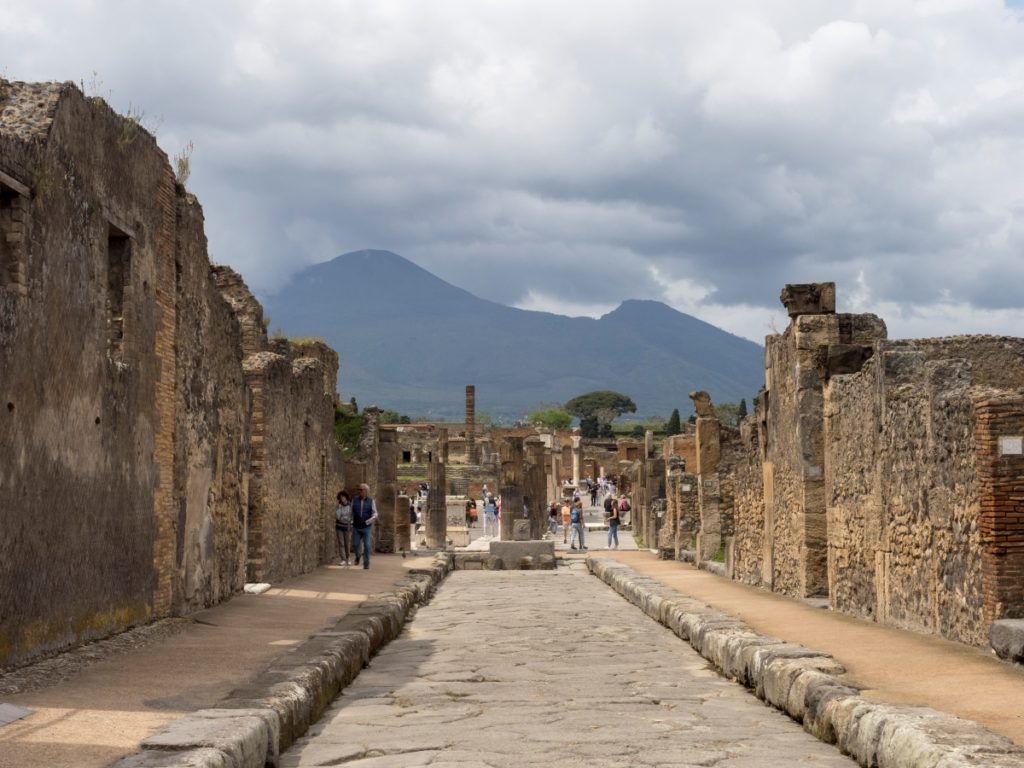
Tickets to the Vesuvius National Park
To hike the Gran Cono trail and see the main crater of Vesuvius, you need to purchase a national park entry ticket. Only a limited number of people can enter the trail at any given time, so you have to plan exactly when you want to visit Vesuvius and buy a ticket for that time slot. You can do it online. Better do it early (at least a week before your visit), as the tickets sell out fast. I wasn’t so smart, and it cost me extra money.
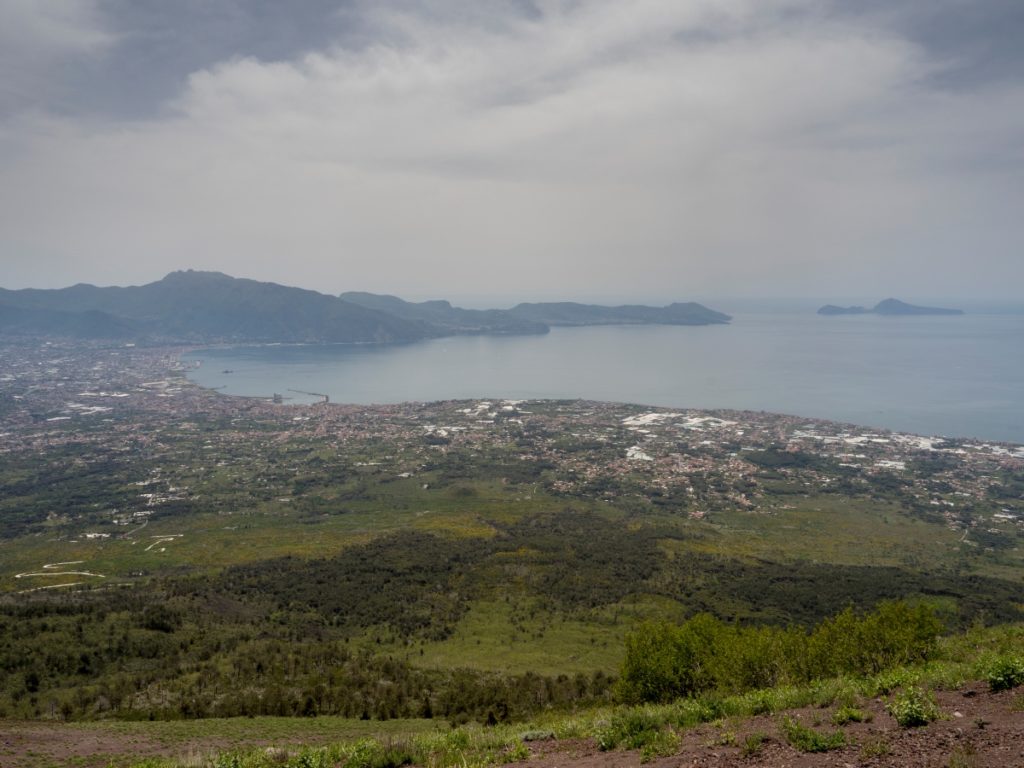
After years of travelling to mostly off-the-beaten-path destinations, I completely forgot that in Włochy, in places like Vesuvius, you have to book things well in advance.
Two days before our planned hike to Mount Vesuvius, we realised tickets to the National Park for that day were sold out.
We were desperate to visit the volcano, so we hurried to look for organised tours with available slots. We found a last-minute bus tour with the national park entry ticket, which was a ripoff (we paid an additional 15 euros, and the tour didn’t even have a guide).
Use my promo code VIATORAFF10 to get 10% off your tour to Mount Vesuvius National Park or other activities near Naples booked on Viator.
Hiking Gran Cono
Most tourists visiting Mount Vesuvius want to see the main crater – the Gran Cono. The hike is about 4 kilometres long and takes 1,5-2 hours, including plenty of stops for pictures.
From the bus parking, you enter the trail through the gates where the national park staff checks your ticket (remember to arrive at the booked time).
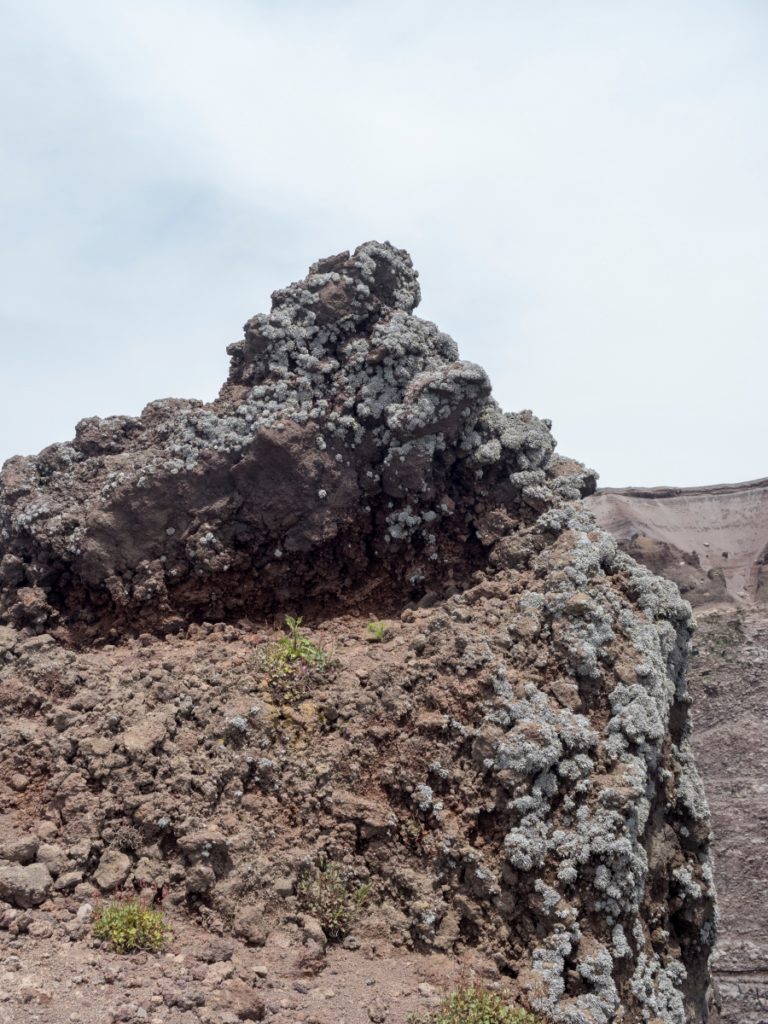
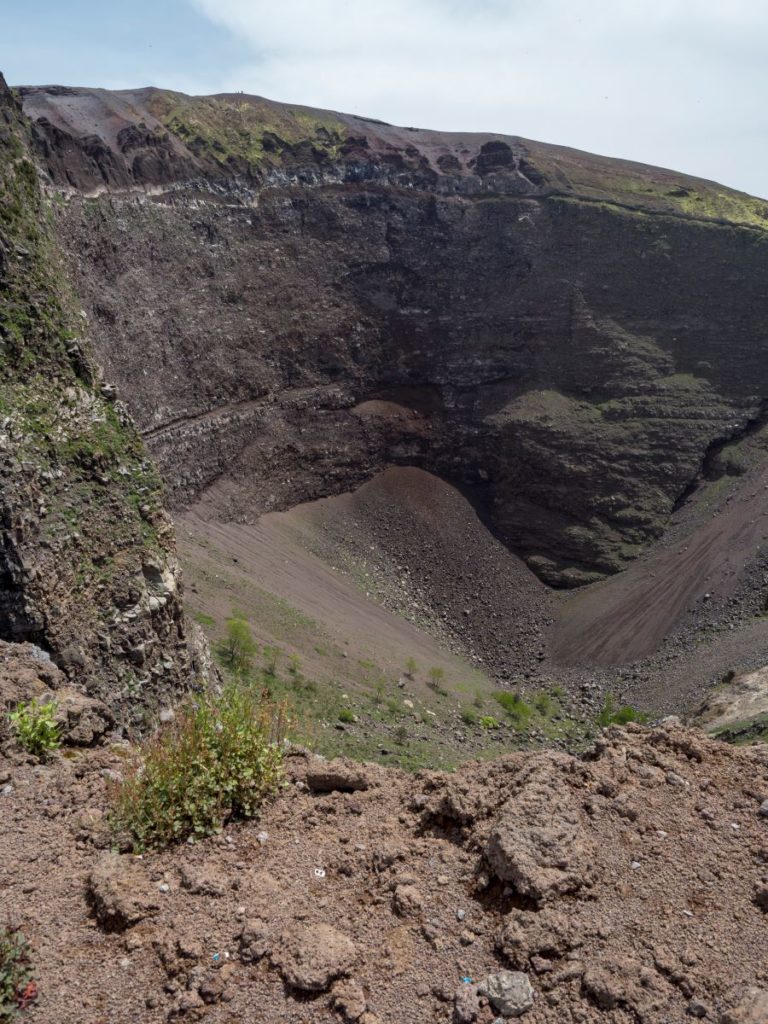
It’s forbidden to enter the trail outside of the opening hours.
The first part of the path follows a slight incline and becomes more flat after about 800 metres. It is not possible to do a loop around the crater; you have to return the same way.
The Gran Cono trail is easy and accessible for most people, but you should still come prepared. Sandals are not the best choice unless you want annoying small stones in your shoes.
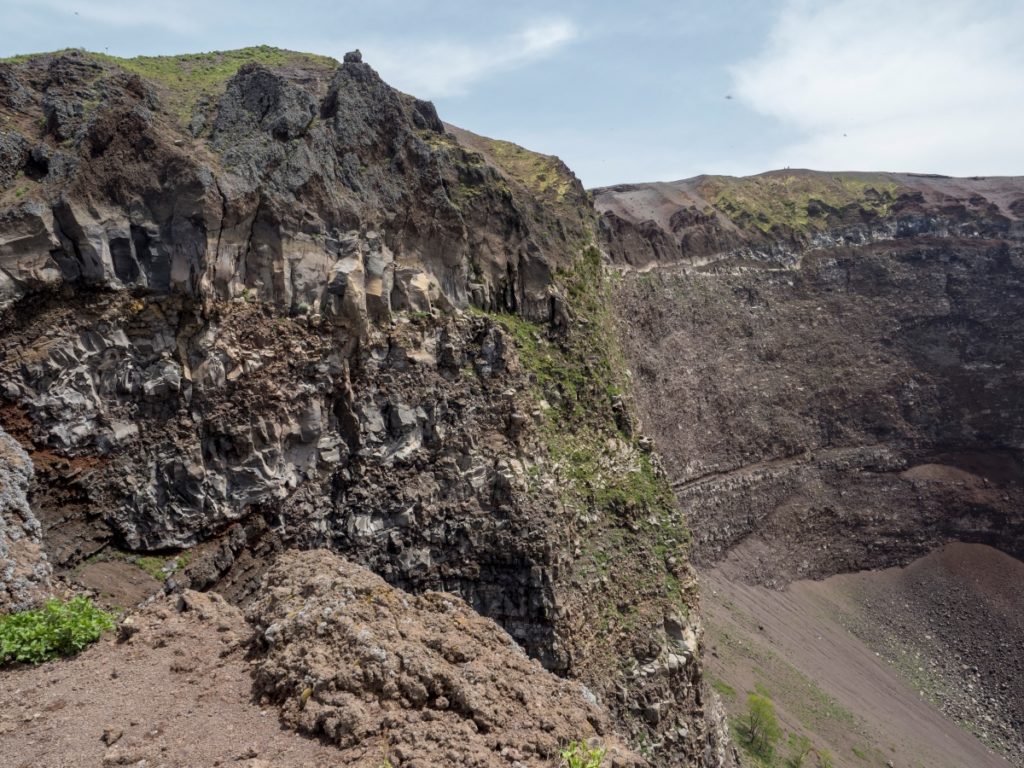
Hiking Valle dell’Inferno (The Valley of Hell)
The short walk on the Gran Cono trail barely scratched my itch for a hike, so we decided to finish the day with the long descent through the Valley of Hell to Ottaviano.
This hike is quite long (9,5 km to the Ottaviano train station) but it’s relatively easy, especially if you decide to go one way, downhill. There are no technical difficulties, and the gradient is relatively mild.
Hearing the name The Valley of Hell, I expected dramatic black lava flows and an unhospitable, raw landscape. To my surprise, Valle dell Inferno was a lush place, with an abundance of plants and butterflies.
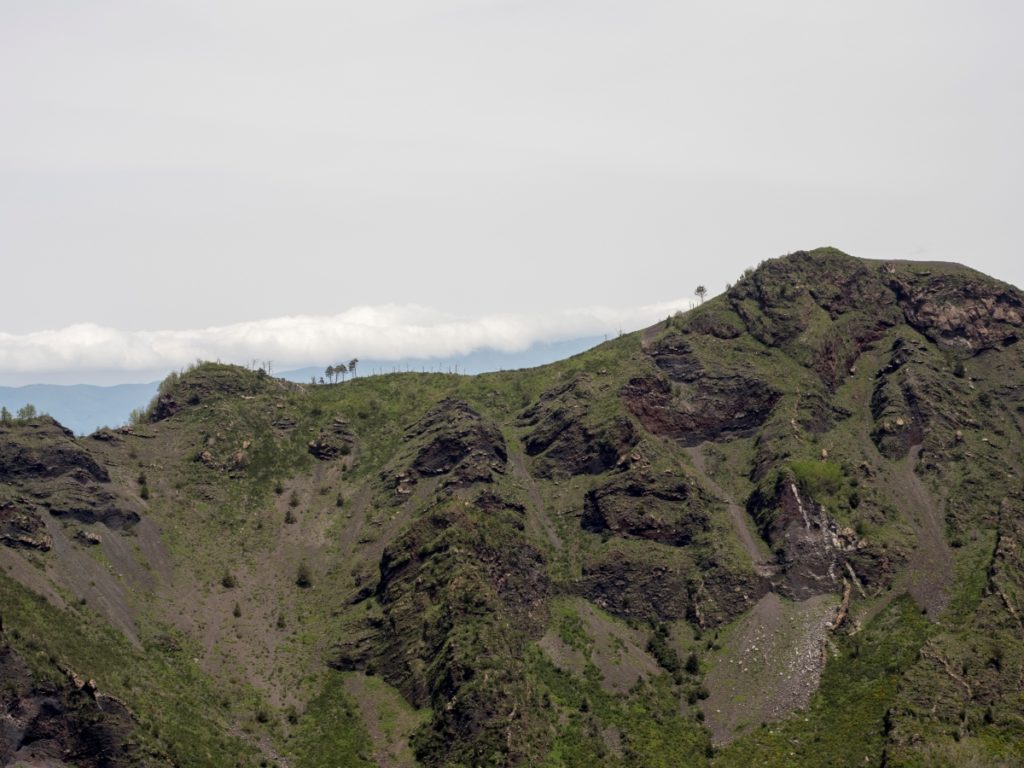
Unlike the Gran Cono, it felt very secluded. We met just a handful of other hikers and for most of the time we heard nothing but the lizards slithering between the rocks.
The views are much less dramatic than on a Gran Cono but the Valley of Hell is a much more relaxing hike and allows you to see a much wilder side of Mount Vesuvius.
